Icelandic Foreign Language Film at the Oscar’s
After watching the trailer I know I’ll be looking for this in my Netflix queue.. maybe NSFW in some instances.
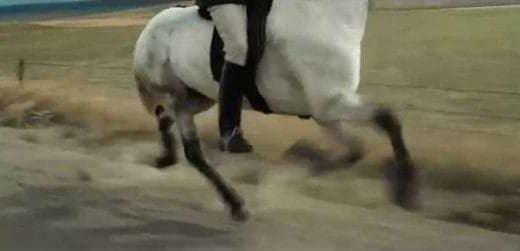
After watching the trailer I know I’ll be looking for this in my Netflix queue.. maybe NSFW in some instances.
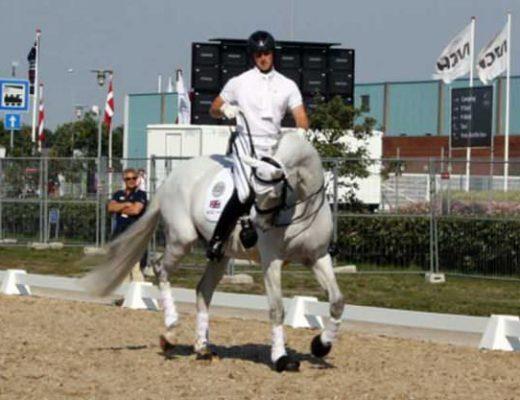
“My father was a harness racing jockey and he went into horse breeding and training. I know for a fact that he wasn’t always above board, and he’s the reason why it means nothing to me when I’m told some person’s been in the business for fifty years and therefore they can’t be doing it wrong. I grew up around very successful people who made a lot of money and I know that’s no guarantee of admirable ethics.”
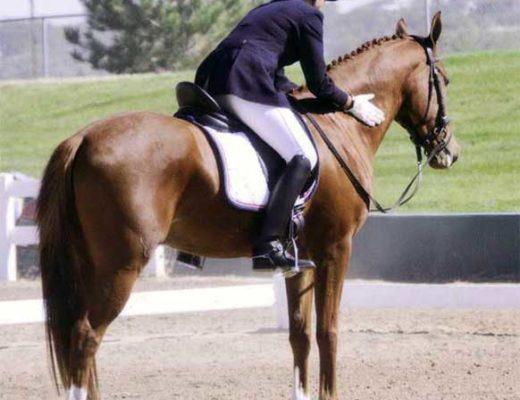
I don’t just mean what motivates you to be most productive, because learning is subjective and circular so progress might not necessarily LOOK like progress in the moment. But what motivates you to keep on trying even when things are tough, when you would rather be relaxing in a hammock sipping lemonade than running around an obstacle course with someone giving you direction?
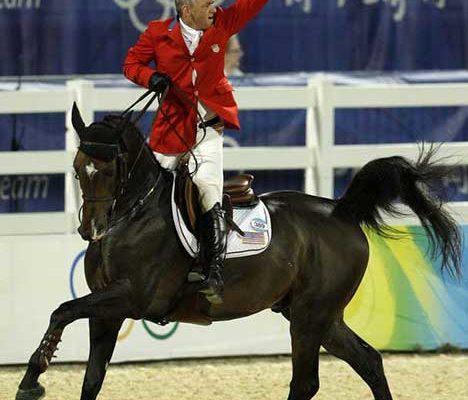
This brief German documentary is worth a watch – last about 30 minutes. Interviews with Ludger Beerbaum, Princess Haya, Gerd Heuschmann.
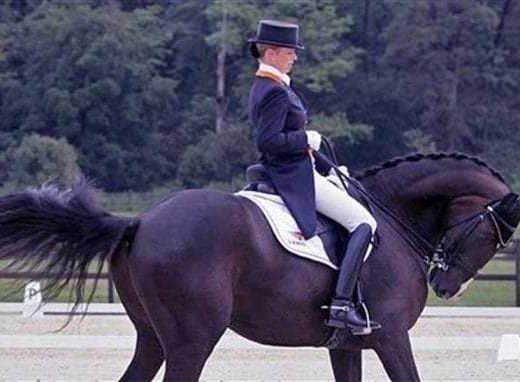
I’d have a hard time deciding too, which is why I can’t accept the claim that LDR is different from Rollkur. When you do some digging into the past the truth starts to reveal itself. Sustainable Dressage, a blog which covered Rollkur and the damaging effects of it (to the extent that Sjef and Anky tried to sue her) documents the evolution of Rollkur, LDR and what those two terms really mean.
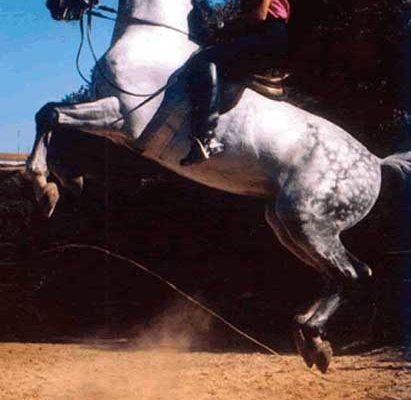
Question: Do you know what Mr. Oliveira was seeking?
Answer: I think like all artists, an expression of self that isn’t selfish. I think because he stopped verbalizing it to himself, stopped being honest with himself, he lost the thread. He lost where he was going. But he never lost the desire to share with someone, which I find extraordinary in such a egocentric human being. He desperately wanted an audience. He wanted a private audience towards the end of his life. He wanted a really good horse and private students that would admire him. He never stopped riding, even when his body was giving out. Unfortunately, he could never become a coach. The only place to go when your body gives out is to be the teacher, the supportive coach. Why I thought he could do that for me when he couldn’t do it for his own son, I don’t know. But I had thought that it was going to evolve. I had to pick myself up when it didn’t happen.
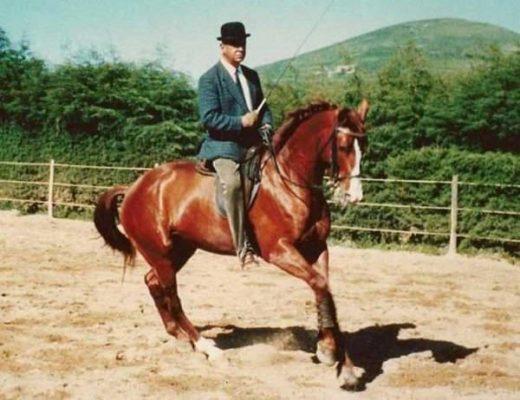
“I don’t want to have riders who tire themselves out. Work by thinking instead.”
“It is good to ride with closed eyes once in a while.”
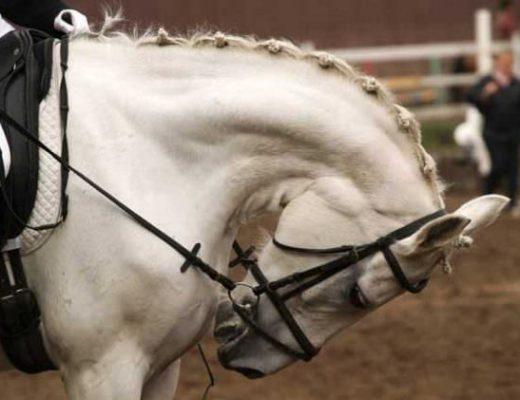
Since Sjef and Anky, Rollkur has woven its way down the levels of Dressage and crept past the discipline to find common ground with reining. And in all the time we’ve watched the Rollkur/hyperflexion/LDR debate unfold I’ve been writing about how detrimental it is. With that being said, I’M NOW READY TO ADMIT THAT I WAS WRONG. All my criticisms were actually evidence of my jealousy and it’s time I come clean.
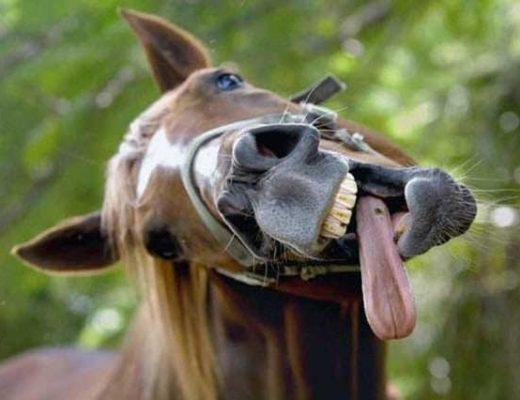
Every horse is unique, that being said they all share the common design of their nervous systems and thus function in the same way. There are also five fundamental needs that every horse has in common, that drives the horse in an attempt to meet those five needs.
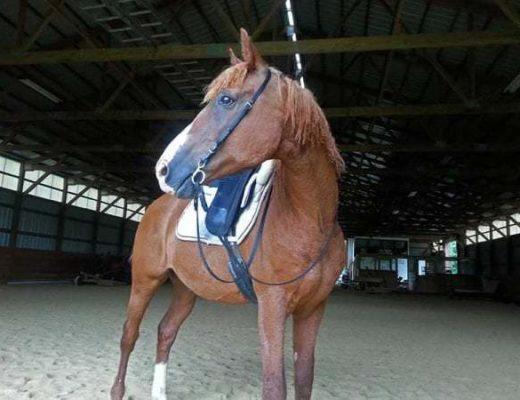
I poo-pooed the use of a bitless bridle in a previous post, which received mixed reactions from readers. Much of what I learned about riding bitless or bitted came from the teachings of one instructor whose view was along the lines of, “bit problems are never a problem with the bit and always a problem with the rider’s hands.”
I still agree that bit problems – even if applied to a bitless bridle – are always a problem with the rider’s hands, but I’ve also softened to the idea that there is a space and time appropriate for using a bitless bridle.
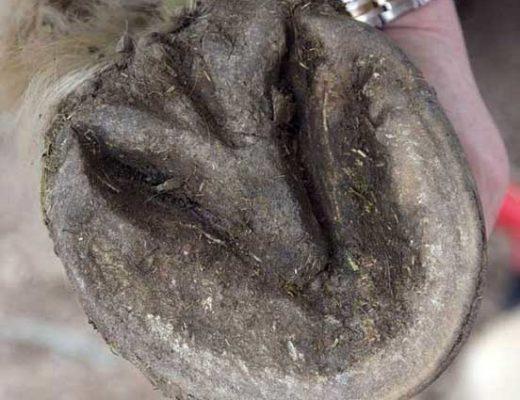
When you’re around horses long enough the inevitable happens, you learn what thrush is and you end up having to deal with it. It isn’t always as simple as applying a single product because thrush is tough to beat and in the process can make our horse lame.
Even before it becomes that bad, thrush can cause enough heel pain that the horse toe walks; a process that impairs the entire hoof function and can create many other hoof monsters.
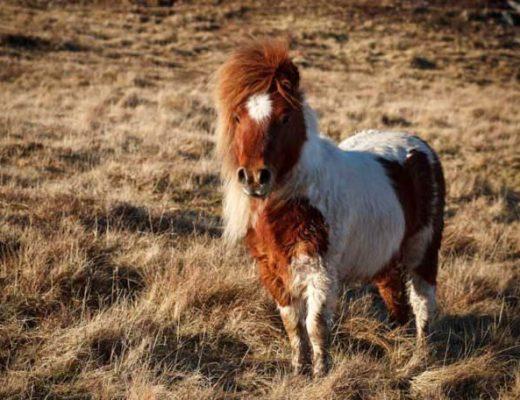
Maybe I’m not being clear, but if time after time I’m being cut off, interrupted, my thoughts summarized incorrectly, then it is safe to assume the listener is no longer trying to listen. Of course at the pace our society moves who really has time to sit down and fully listen to another person…? Or do we and we’ve simply allowed ourselves to get caught up in a pace which requires us to constantly repeat ourselves?

But don’t forget that we also lose trust in our horses! Unfortunately for us, the only way to repair our own lost trust is to work in gaining the horse’s trust rather than looking for a horse to build our trust. There are definitely horses which help boost our confidence, but without working through our own trust issues we’ll eventually see that confidence weaken and our old trust issues come to the surface again. Much better to be proactive!
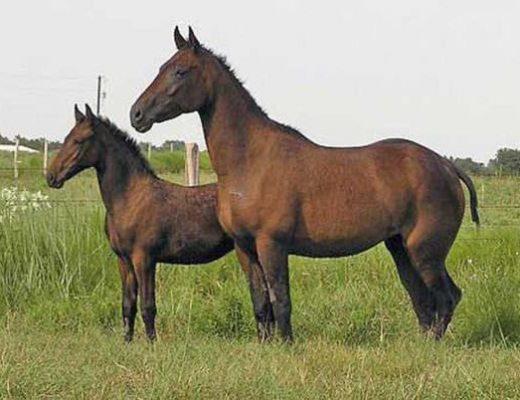
If you’re an equestrian it’s hard to be unaware of the web-presence that the Fugly Horse of the Day blog commanded. Often referred to as FHOTD, by far it was the most popular horse blog on the internet, even as the content quality took a nosedive while being shuffled around from one blogger to another. A majority of posts earning a thousand comments or more, it was obvious that people were not only ready Fugly, they were engaged.
Then it was gone.

Dressage is supposed to be a dance, why not combine it with a real ballerina? The girl riding demonstrates the ability to perform high-school dressage moves in a bitless bridle, which is a shame that competitions don’t yet allow.
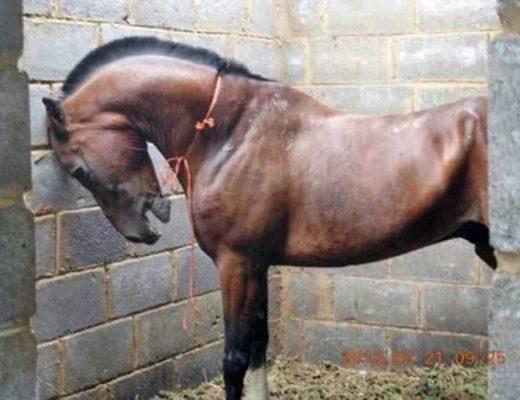
When slavery was legal and the norm in the south, just because you treated your slaves well didn’t extend any freedoms or rights. It just meant that they experienced a level of captivity which was better than many others’ in captivity. Still, they were slaves, captives, subject to the whims of any white person around them. According to most accounts slaves were considered the same as livestock.
In that context let’s look at our horses. They are subject to whatever whim we should have. We buy/sell/trade them as we wish (or the market will support). When they are no longer useful we can put them down, send them to auction or the slaughterhouse. If they misbehave there are torture devices to deal with that – from whips to spurs, harsh bits and even some trainers have been found to use electric cattle prods on their horses.